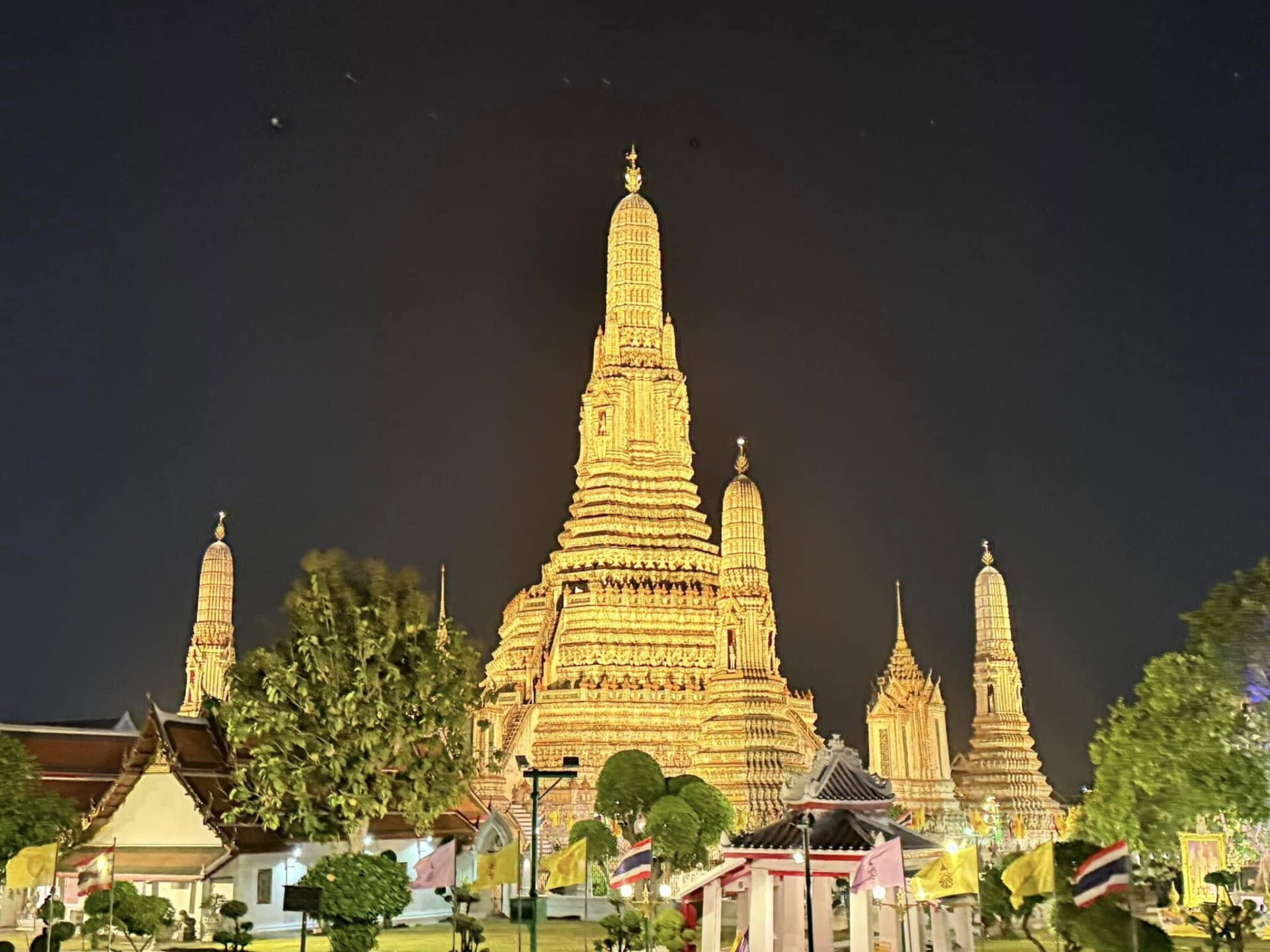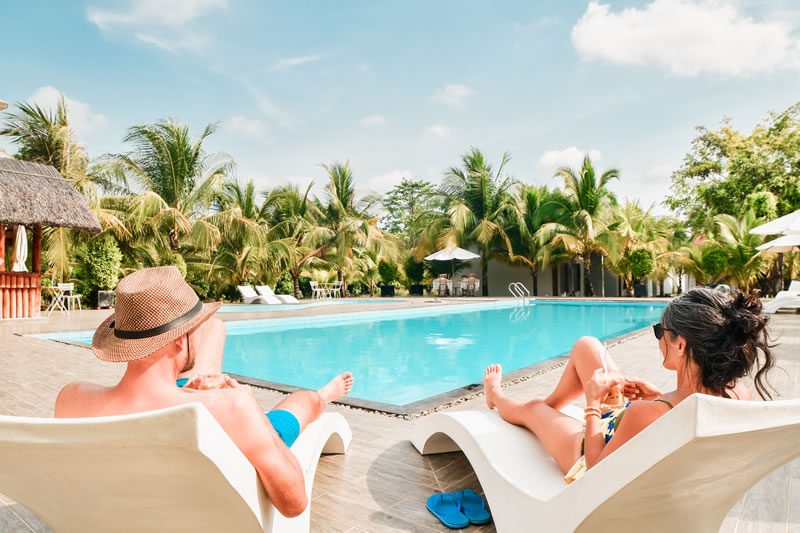The Best Time To Visit
Just like any travel destination, understanding the Low Season in Thailand can greatly enhance your trip. I’ve discovered that during this period, typically from May to October, you’ll encounter fewer tourists but also heavy rains and occasional flooding, which can disrupt plans. However, this season offers you an excellent opportunity to explore Thailand’s culture with more tranquility and enjoy significantly lower prices on accommodation and activities. If you prepare well and choose your itinerary carefully, your experience during the low season can be both safe and rewarding.
Key Takeaways:
- Low season in Thailand typically occurs during the rainy months, from May to October.
- Traveling in the low season often means fewer tourists and more affordable accommodation and flight prices.
- Heavy rainfall is common, but showers are usually brief and followed by sunshine.
- Some islands and tourist spots may be less accessible or have limited services due to weather conditions.
- Low season offers a quieter, more relaxed experience and opportunities to explore Thailand’s culture without crowds.
The Economic Landscape: How Low Season Impacts Thailand’s Tourism
Fluctuations in Pricing and Offers
During the low season, I’ve noticed a significant shift in pricing strategies across Thailand’s tourism sector. Hotels in popular destinations like Phuket and Chiang Mai can drop room rates by as much as 40-60%, aiming to attract budget-conscious travelers despite the less favorable weather. Airlines also roll out discounted fares, sometimes reducing prices by up to 30%, making travel more accessible. These adjustments create opportunities for visitors to experience luxury accommodations and activities at a fraction of the usual cost, but they reflect the industry’s broader challenge of balancing occupancy with profitability during this lull.
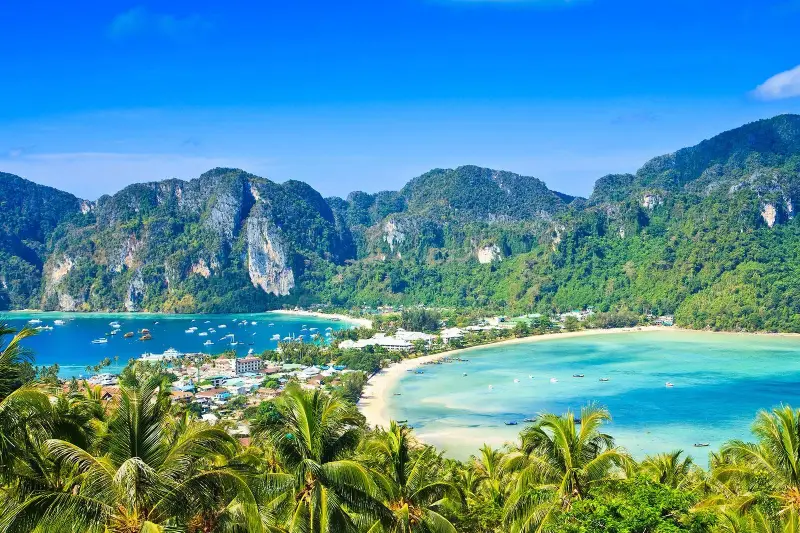
Tour operators tend to bundle tours with added perks or flexible cancellation policies to compensate for potential weather disruptions. You’ll find diving schools, cooking classes, and island-hopping packages often come with discounts or value-added extras in the low season, reaffirming how the market adapts to entice tourists. However, these offers come with an important caveat: the unpredictable weather can sometimes limit participation or enjoyment, which is factored into the dynamic pricing models used by providers.
Ripple Effects on Local Businesses
The drop in tourist numbers during the rainy months sends ripples through small and medium-sized enterprises that rely heavily on steady foot traffic. Local restaurants, street vendors, and souvenir shops often see revenue declines upward of 50%, forcing many to adjust their hours or reduce staff temporarily. This dip in income can have a direct impact on livelihoods in smaller communities where tourism-related jobs constitute a large share of employment.
Despite these challenges, some businesses pivot by diversifying their offerings or seeking alternative revenue streams. For example, a handful of beachfront cafés swap to selling takeaway options catering to locals during low season, while art galleries might host workshops to attract residents instead of tourists. These adaptations underline the resilience within local economies but also highlight their vulnerability when tourism slows down significantly.
Even beyond immediate sales, the low season pressures local suppliers such as farmers and fishermen whose products fuel the hospitality industry. Reduced orders can destabilize these supply chains, affecting incomes across multiple sectors. This interconnectedness means that tourism’s seasonal ebb influences not just front-line businesses but also the broader economic ecosystem that supports them.
Weather Patterns and Their Influence on Travel Plans
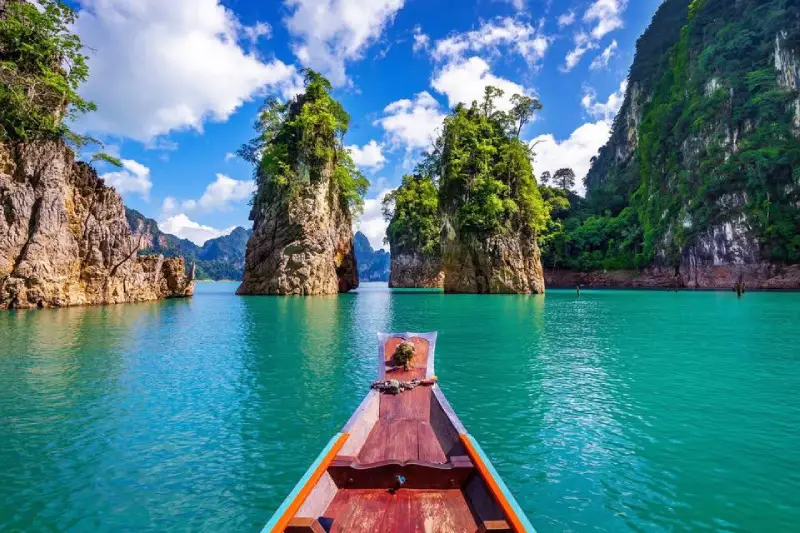
Thailand’s climate during the low season is dominated by the southwest monsoon, which sweeps in heavy rains primarily between May and October. These months bring frequent, intense downpours, often concentrated in the afternoon and evening, though mornings can remain clear and pleasant. The resulting humidity can soar above 80%, affecting everything from hiking comfort to beach excursions, and sometimes leading to temporary flooding in low-lying areas. Your travel itinerary may need flexibility to accommodate sudden weather shifts, especially if planning trips to coastal regions like Phuket or Krabi, where rough seas and choppy waters can limit boat travel.
Despite the wet conditions, temperatures tend to hover between 24°C to 32°C (75°F to 90°F), which can feel cooler than the dry season due to cloud cover and rain. This significantly lowers the typical tourist crowd sizes, offering you access to more peaceful sites and lower prices across accommodations and tours. It’s also the time when the natural landscape bursts into vivid shades of green, which enhances the appeal of national parks and rural destinations, though you’ll want to check trail conditions before heading out.
Understanding the Monsoon Season
The southwest monsoon winds bring moisture-laden air from the Indian Ocean, causing the characteristic heavy rainfall in Thailand’s low season. The pattern isn’t uniform across the country; the Andaman Coast (including Phuket and Krabi) experiences peak rains between May and September, while the Gulf Coast (such as Koh Samui and Hua Hin) tends to see less rain during these months, with its wettest period shifted slightly towards October and November. These regional variations can influence your choice of destinations within Thailand during this period.
Monsoon rains are often sudden but short-lived, lasting from 30 minutes to a few hours, followed by sunshine. The rain’s intensity varies year by year and can be affected by larger climate phenomena like El Niño or La Niña. The abundant rainfall replenishes Thailand’s rivers and reservoirs, which is important for agriculture, but also means road conditions can deteriorate quickly in rural areas, posing challenges for adventurous travelers exploring off the beaten path.
Activities Best Enjoyed During the Low Season
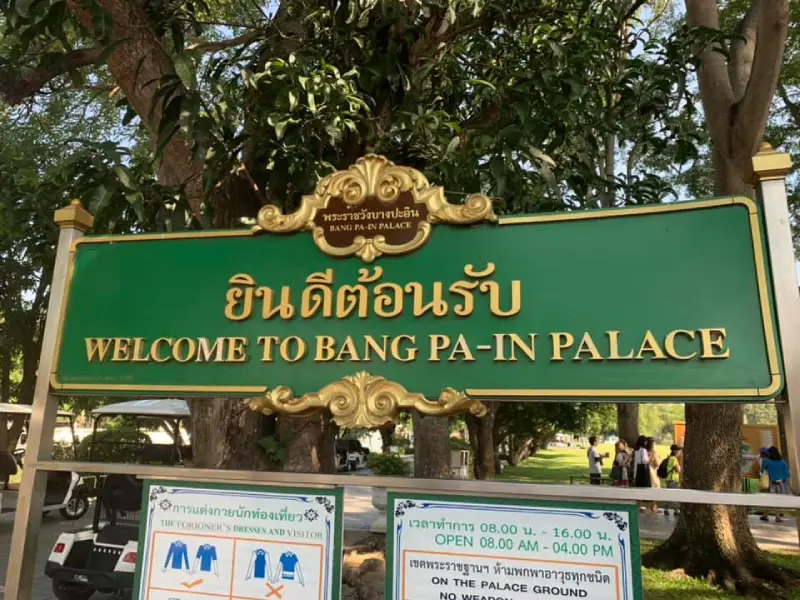
While some outdoor activities may require modification during the low season, the thinner tourist crowds open opportunities that are either difficult or impossible during peak months. Wildlife watching in national parks such as Khao Sok is especially rewarding, as animals become more active with the lush environment. Riverboat cruises along the Chao Phraya in Bangkok offer a different ambiance amid cooler temperatures and misty mornings. You can also take advantage of discounted diving packages in places like Koh Tao, where sea visibility remains good despite intermittent rainfall.
Spa retreats and wellness resorts also thrive during this time, with many offering package deals due to reduced demand. Cultural festivals, such as the Queen’s Birthday Flower Festival in August or the Vegetarian Festival in Phuket, provide immersive local experiences away from the mass tourist throngs. Markets and temples tend to be less crowded, giving you a more intimate look at everyday Thai life.
In addition to these highlights, cooking classes, temple tours, and indoor cultural workshops are excellent options to consider when the weather is less accommodating. Exploring urban centers like Chiang Mai can keep you sheltered while still offering rich cultural immersion. Planning early morning excursions before the afternoon rains typically begin allows you to maximize your time outdoors without sacrificing comfort or safety.
Cultural Experiences: The Authenticity of Low Season Visits
Visiting Thailand during the low season reveals a different, often more authentic face of the country. Tourist hotspots become quieter, allowing you to experience rituals and daily customs without the crowds. The frequent rain showers create a lush, vibrant backdrop for temple visits and local markets, where vendors are more willing to engage in conversation, offering deeper insights into their crafts and traditions. It’s during this period that you get to see the rhythm of ordinary life, from monks in saffron robes collecting alms at dawn to villagers preparing for seasonal agricultural festivals.
The pace of life slows down, inviting you to take part in cultural exchanges that feel genuine rather than staged. Rural areas host ceremonies that have been practiced for centuries, providing a rare opportunity for you to witness traditional music, dance, and crafts in their purest forms. You might find yourself invited to share a meal during a Buddhist festival or join in the excitement of a local craft workshop, making your visit significantly richer than a typical tourist experience.
Festivals and Local Events You Can’t Miss
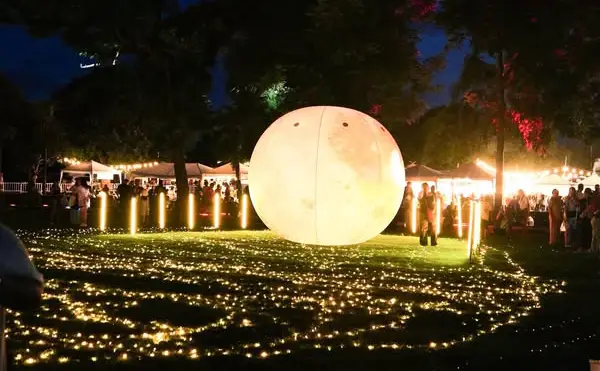
The low season coincides with some of Thailand’s most vibrant and culturally significant festivals. The Phi Ta Khon Festival in Dan Sai, Loei Province, held in June or July, offers a fascinating blend of animist and Buddhist traditions. You’ll witness locals donning colorful ghost masks, engaging in parades, and performing traditional ceremonies that have roots going back hundreds of years. This festival is a perfect illustration of how authentic cultural experiences flourish away from Thailand’s usual tourist calendar.
Another must-see event in the low season is the Vegetarian Festival on Phuket Island, happening in September or October. This festival involves extreme acts of devotion such as fire walking and body piercing, all aimed at spiritual cleansing. Participating—or even just observing—provides a window into the profound spiritual dimensions that shape many Thai communities, where faith and ritual intersect powerfully with everyday life.
Engaging with Local Communities
Smaller crowds during the low season mean you can spend more meaningful time with locals. Village homestays become more accessible, and hosts often welcome guests into their homes, eager to share family stories and traditional recipes. Such interactions give you an intimate understanding of rural lifestyles, from rice farming techniques to handcrafted textiles. In northern Thailand, for example, hill tribe communities offer workshops on weaving and herbal medicine, inviting you to learn skills passed down through generations.
Volunteering and participatory tourism projects gain momentum during these months as well. Many NGOs and social enterprises operate sustainably with small groups, often focusing on environmental conservation or education. Joining these initiatives allows you to contribute positively while experiencing genuine human connections that go far beyond surface-level encounters.
Delving deeper into local life, I’ve found that engaging beyond tourist spaces often means sharing meals, celebrating festivals, or simply spending time in conversation. In Chiang Mai, for instance, I met a family who invited me to help prepare traditional northern dishes, revealing subtle regional flavors and cultural nuances rarely explained in guidebooks. These moments create lasting impressions and a profound appreciation for Thailand’s diverse cultural mosaic during the low season.
Hidden Gems: Discover Thailand’s Lesser-Known Destinations
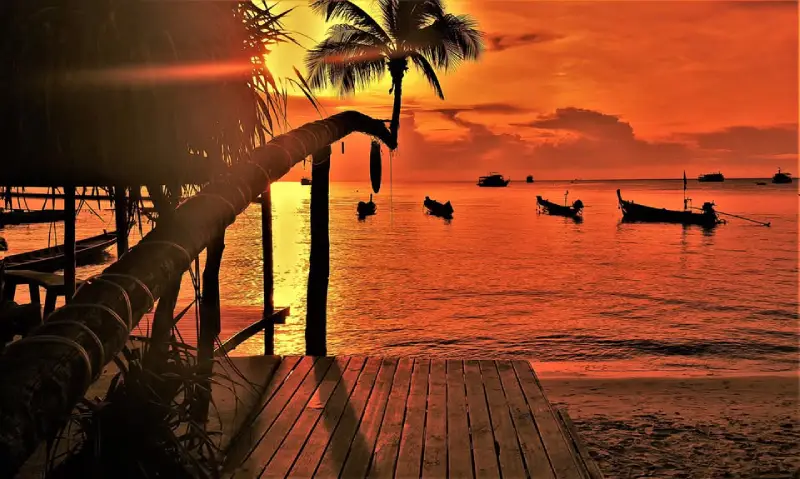
Off-the-Beaten-Path Locations for Quiet Adventures
Diving into Thailand’s less traveled corners reveals a side of the country that’s refreshingly serene and authentic. Places like Nan Province, tucked away in the mountainous northeast, offer stunning landscapes where you can trek through lush forests and explore ancient temples without the crowds typical of major tourist hubs. In this area, the rainy season brings a vibrant green tapestry to life, perfect for nature lovers eager to witness dramatic waterfalls and tranquil rice terraces thriving in the wet weather.
Further south, the island of Koh Yao Noi remains untouched by mass tourism, providing a calm refuge where you can paddle through mangrove forests or cycle between fishing villages. The low season sees fewer visitors here, enhancing the feeling of solitude as you soak in breathtaking sunsets and engage with local communities at a gentle pace. These quiet adventures often come with more personalized experiences, letting you connect deeply with Thailand’s diverse cultural fabric and pristine environments.
Unique Accommodations That Shine in Low Season
Thailand’s hidden spots come paired with accommodations that truly stand out during the low season. Resorts like the eco-friendly Sri Lanna National Park Lodge near Chiang Mai showcase eco-conscious design, blending seamlessly into the surrounding rainforest. Visitors during the off-peak period enjoy not only significant discounts—sometimes as much as 40%—but also the luxury of uninterrupted calm. Along the coast, boutique beachside bungalows on islands like Koh Chang offer an intimate stay where rain-induced sea breezes and the sound of waves create a soothing backdrop you won’t find during bustling high season months.
Staying off the beaten path gives you access to intimate guesthouses and boutique stays often run by local families. These small-scale accommodations thrive during the low season, providing personalized service and insider knowledge to enrich your journey. The lowered occupancy rates mean you get exclusive access to facilities such as private pools, spas, or guided excursions, making your experience both restful and immersive in the cultural and natural surroundings.
Digging deeper into unique accommodations, many places now cater specifically to eco-tourism and sustainable travel, which flourishes in low season when the environmental footprint can be more easily managed. For example, the Krabi region hosts a collection of treehouse lodges that prioritize sustainability while offering luxurious comfort. You’ll find solar-powered lighting, rainwater harvesting systems, and carefully maintained biodiversity on-site. Booking these spots during the rainy months means you’ll often encounter fewer tourists, allowing you to appreciate the harmonious balance between nature and modern amenities in a genuinely tranquil setting.
Practical Tips for Traveling During Low Season
Packing Wisely for Variable Weather
Thailand’s low season brings frequent rainfall and fluctuating temperatures, so packing versatile and weather-appropriate clothing is important. I recommend bringing lightweight, quick-dry fabrics such as nylon or polyester, which dry rapidly after unexpected downpours. Including a compact, reliable rain jacket with a hood is a must, as sudden tropical showers can easily soak you if you’re unprepared. Additionally, waterproof footwear like sandals or shoes with good grip helps navigate slick streets and muddy trails without discomfort.
Layering is another smart strategy, as mornings and evenings may feel cooler, especially in northern regions like Chiang Mai. Packing a thin fleece or a long-sleeve shirt ensures you stay comfortable without adding excessive bulk. Don’t overlook insect repellent and a small umbrella for added protection. Assume that weather unpredictability demands more flexible attire than the fixed sunny days of the high season.
Strategies for Finding the Best Deals

The low season in Thailand offers excellent opportunities to score deeply discounted flights, accommodation, and tours. Airlines frequently drop prices by up to 30-50%, especially for flights into Bangkok, Phuket, or Chiang Mai during promotional windows. Booking hotels or resorts during this period often means negotiating better room rates, complimentary upgrades, or free extras like spa treatments or meals, as many establishments aim to boost occupancy.
Local tour operators and excursion companies also reduce prices substantially—sometimes by 20-40%—to attract visitors. You might find group tours, snorkeling trips, or elephant sanctuaries offering flexible bookings and last-minute deals. Utilizing price comparison apps and setting fare alerts can help you capture these offers immediately once they appear.
Digging deeper into deal strategies, I’ve found that combining low season rates with loyalty programs or credit card points can yield extra savings, sometimes cutting the overall travel budget in half. Also, traveling on weekdays rather than weekends often unlocks better prices since demand dips even further during these off-peak times. Assume that meticulous planning and flexibility with your itinerary significantly enhance your ability to make the most of Thailand’s low season bargains.
Summing up
With these considerations in mind, I believe the low season in Thailand offers a unique opportunity for travelers seeking a more peaceful experience away from the usual crowds. You can enjoy lower prices on accommodations and flights, giving you the chance to explore more while spending less. The weather may be a bit unpredictable, but with proper planning, you can still make the most of your trip and discover the vibrant culture and stunning landscapes that Thailand has to offer.
I encourage you to weigh the benefits of visiting during this period against the potential challenges, such as occasional rainfall. By doing so, you can create an itinerary that suits your preferences and allows you to experience the authentic side of Thailand. Personally, I find that embracing the low season opens doors to a more relaxed and rewarding adventure.
Thailand Weather Forcast:

